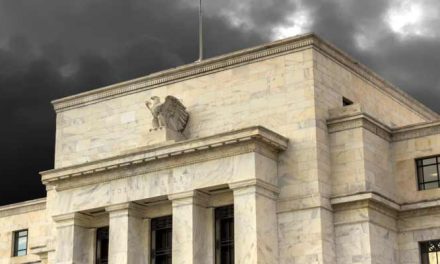The third-quarter earnings season is underway, and sales and profits for the S&P 500 Index remain under pressure.
For the companies that have reported so far, earnings are down nearly 19% compared to the same quarter last year.
But the news isn’t bad for all sectors.
For certain companies, the pandemic has delivered windfall profits.
Some of the winners have been obvious, such as the stay-at-home tech companies that are expected to keep posting strong results … Amazon.com Inc. (Nasdaq: AMZN) and Apple Inc. (Nasdaq: AAPL) will report next week.
But there are also more obscure winners like trucking companies that are booming in the wake of e-commerce volumes.
And the market impact of the pandemic has also propped up a lesser-known industry within the financial sector … capital markets.
Sure, the headlines tell you that banks struggle to make profits, mired in a zero interest rate environment. Plus, uncertainty over loan losses means the Fed will keep capping dividends paid by big banks.
But if you look closely, several banks actually posted astronomical results this past week in their capital markets divisions. That’s where they handle things like executing trades for their clients and raising funds from investors.
It came as no surprise to me. I told you how this would unfold … and how to profit … three months ago in Bauman Daily.
Despite beating the S&P 500 since then, my recommendation to play this trend is still in the early stages of a breakout that could hand you more big gains.
Here’s why.
The Best Results in a Decade
Big swings in stock and bond prices lead to more trading activity. More trading activity creates more revenue for companies that execute and process client trades.
I’m not just talking about the surge in retail trading behind apps like Robinhood.
Institutional investors come out in full force when things get dicey.
By their own will or because of specific mandates, institutions pursue things like hedges (trades to protect against losses) and rebalancing (to keep their stock and bond mix on target).
And the fees from those activities in times of volatility are a huge boost to profits.
According to Bloomberg, 2020 trading revenues for the top five firms have already topped the annual tally for each of the last nine years.
Yet there are still three months left to go, along with an uncertain election outcome.
That means trading revenues are on pace to hit $100 billion this year, which is setting up a key breakout in the SPDR S&P Capital Markets ETF (NYSE: KCE), as you can see below:

And the outlook for more volatility means we will likely see more tail winds for these companies.
As Ted wrote in Bauman Daily this week, the Federal Reserve is becoming self-conscious over its Wall Street-friendly image. Policymakers have gone so far as to send signals they want the Fed to back away from the role it plays to prop up the market.
But here’s the ironic thing: that could end up helping Wall Street firms that make money from executing trades when volatility picks up.
So while you should expect to see more market swings amid election uncertainty and questions about fiscal stimulus and Fed support, KCE remains a great way to profit from volatility
Best regards,

Research Analyst, The Bauman Letter




